We've picked out a selection of archive shots of Denmark in the '90s, and looked up the locations where they were taken in modern images or on Google Maps.
READ ALSO:
- Photos of Denmark in the 1970s – and how the same places look today
- 10 photos of Denmark in the 1950s and 1960s – and the same spots today
- Denmark in the 1980s in pictures – and the same locations today
Great Belt Bridge, 1995
The Great Belt Bridge linking Funen and Zealand opened in 1998. Prior to this, a ferry had to be taken to travel between the two Danish regions. The second photo of the bridge is from 2017.
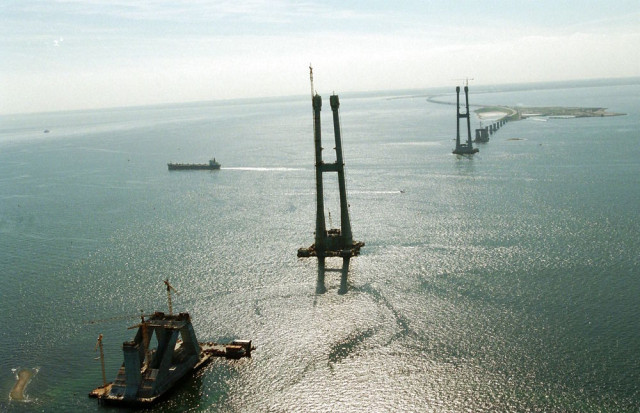
Photo: Svend Åge Mortensen / Ritzau Scanpix
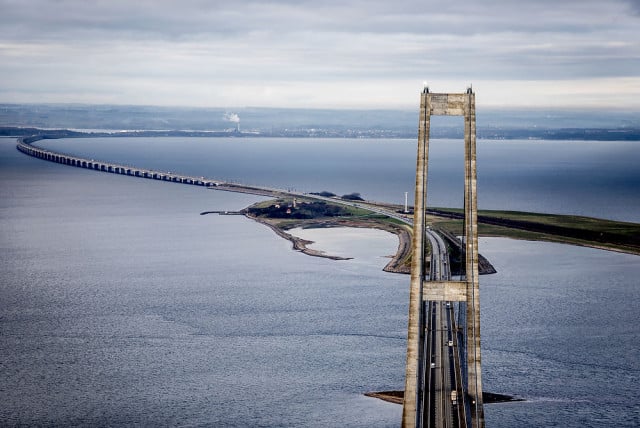
Photo: Mads Claus Rasmussen / Ritzau Scanpix
Roskilde Festival, 1991
The 1991 edition of Roskilde Festival was a wet and muddy affair. 2019's weather was more about the wind.
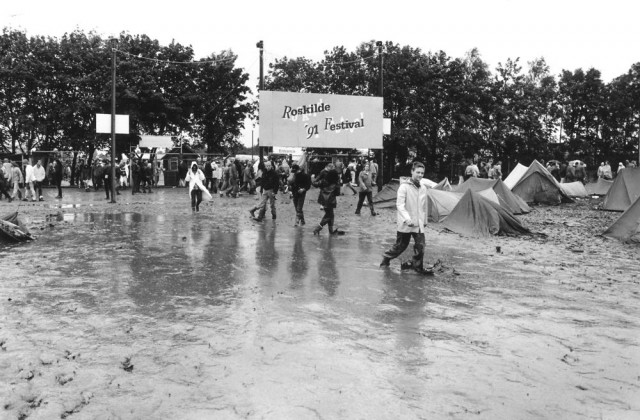
Photo: Thomas Sjørup / Ritzau Scanpix
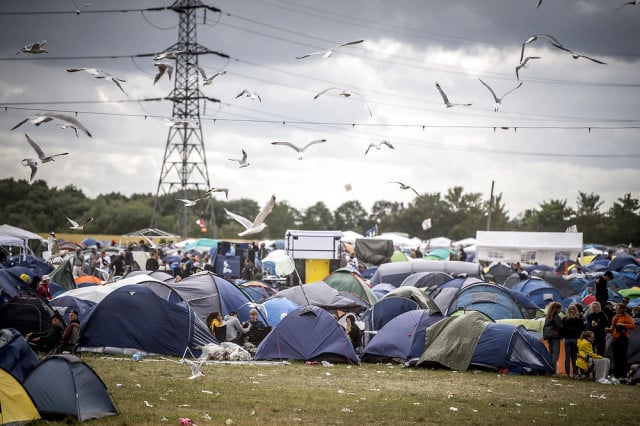
Photo: Mads Claus Rasmussen / Ritzau Scanpix
READ ALSO: 200 forgotten phones found after Roskilde Festival
Christiania, 1996
Alternative enclave Christiania was founded by squatters in the early 1970s and has undergone many changes throughout the years.
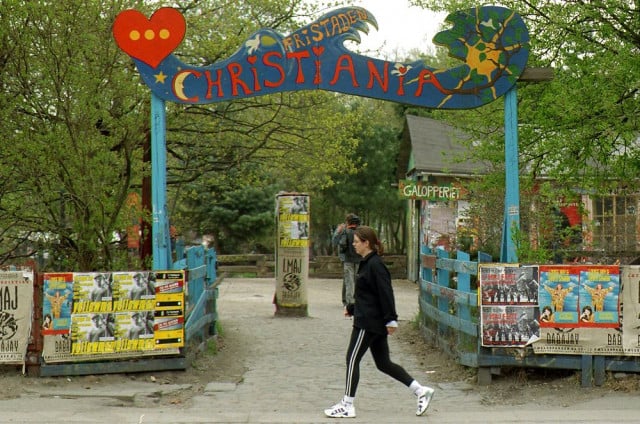
Photo: Bjarke Ørsted / Ritzau Scanpix
Copenhagen Harbour, 1993
In this image, Copenhagen Harbour can be seen with its former ferry terminals in the days before the 1999 'Black Diamond' addition to the Royal Library was built. The modern photo is from a different angle.
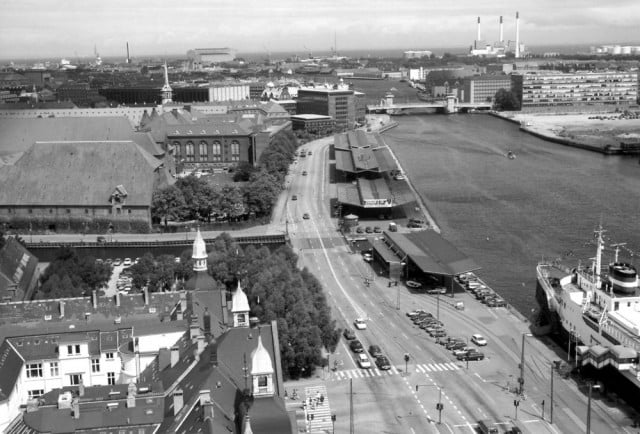
Photo: Mogens Ladegaard / Ritzau Scanpix
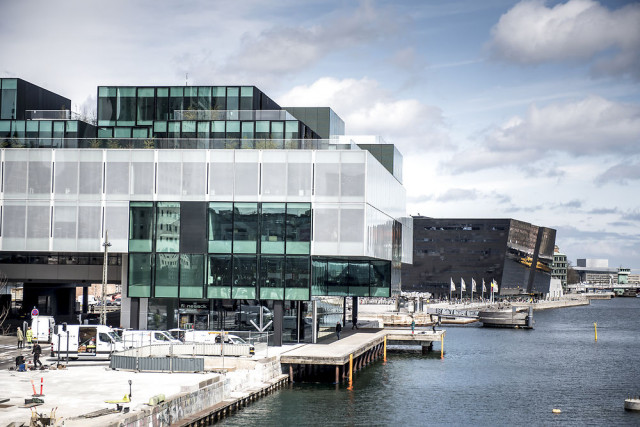
Photo: Mads Claus Rasmussen / Ritzau Scanpix
Stelling House, Copenhagen, 1999
Stelling House (Stellings Hus) on the Gammel Torv square in central Copenhagen was designed by famous Danish architect Arne Jacobsen.
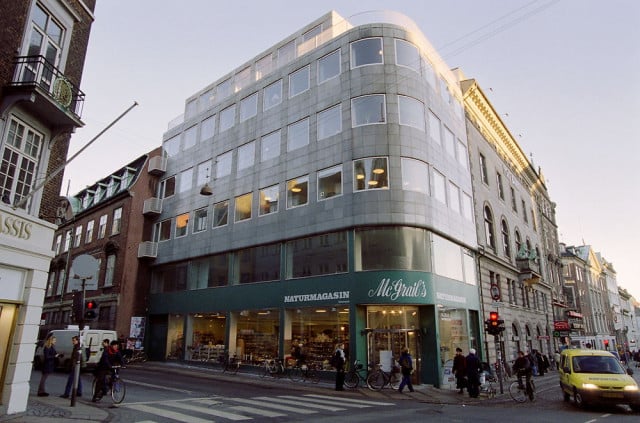
Photo: Kaspar Wenstrup / Nf-Nf / Ritzau Scanpix
Nørregade, Copenhagen, 1999
The building which was once the Daells Varehus department store now houses a hotel. Here it can be seen before conversion in 1999.
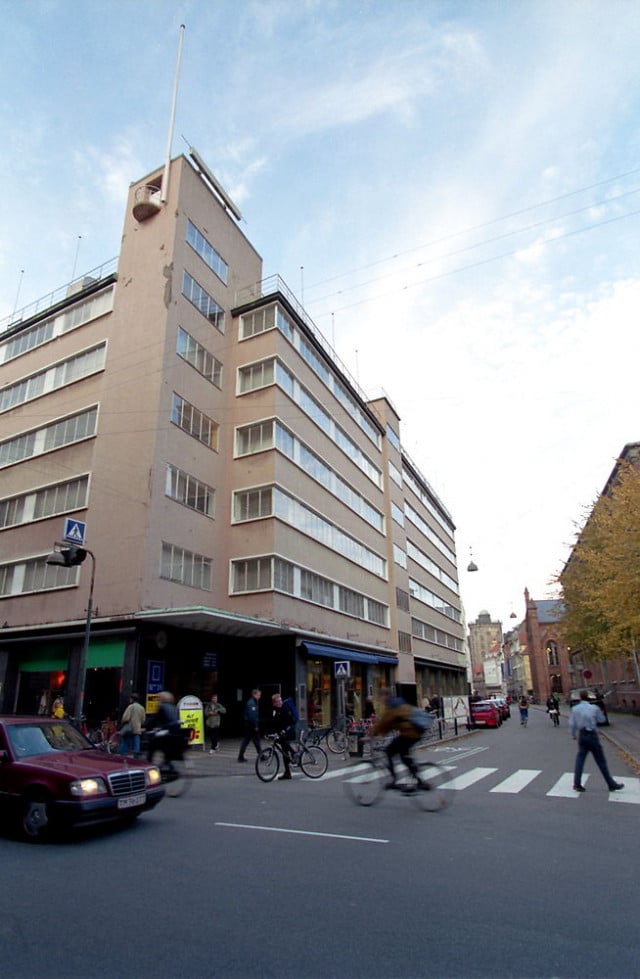
Photo: Brian Rasmussen / Nf-Nf / Ritzau Scanpix
Aalborg, 1997
Gøglerbåden, a famous maritime-themed bar in Aalborg. closed in 2017.
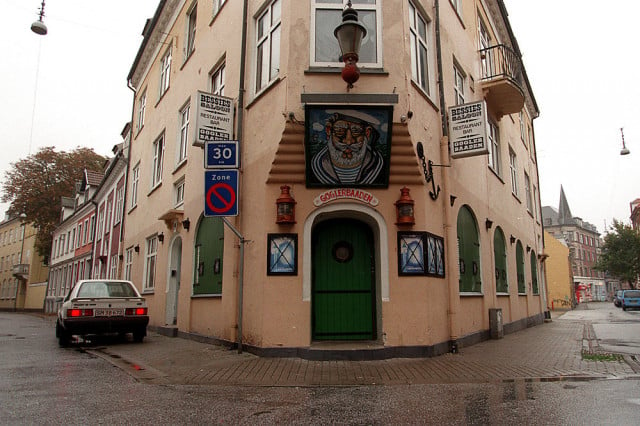
Photo: Henning Bagger / Ritzau Scanpix
Ørestad, Amager, 1998
The modern Ørestad suburb near Copenhagen was at the very beginnings of its development in the late '90s.
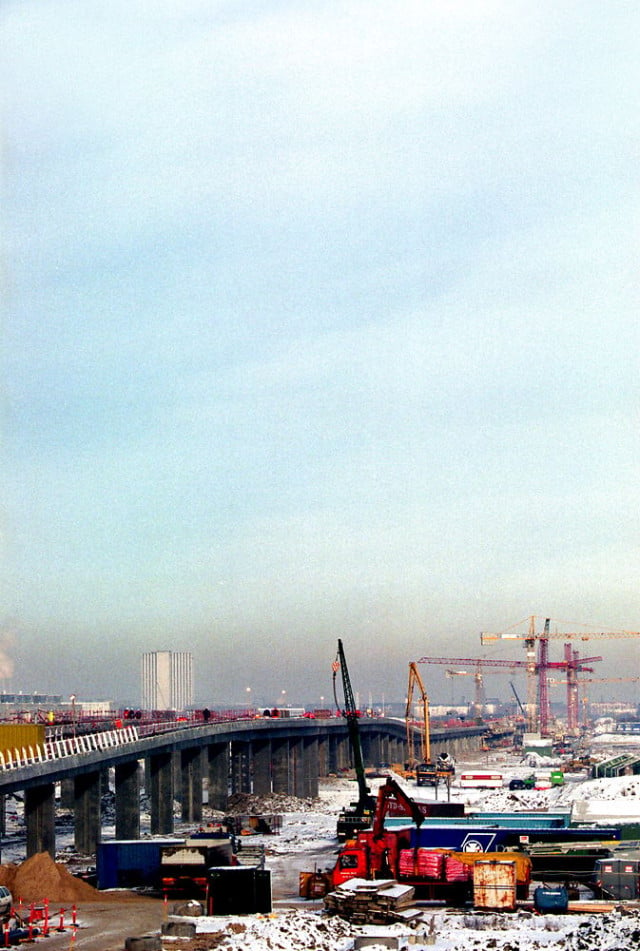
Photo: Peter Elmholt / Nf-Nf / Ritzau Scanpix
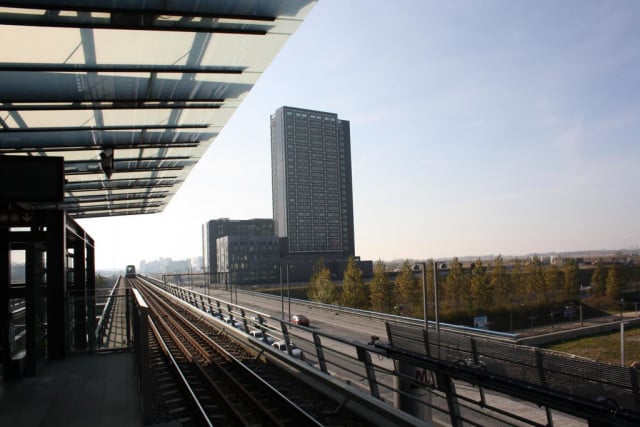
Photo: Ulf Liljankoski/Creative Commons
READ ALSO: Ten historic pictures that show life in Denmark decades ago

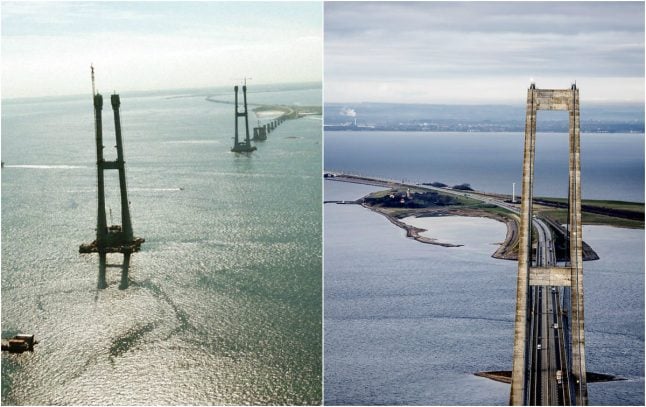
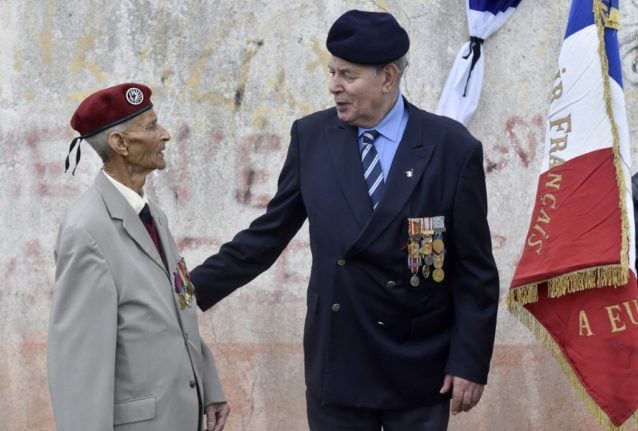
 Please whitelist us to continue reading.
Please whitelist us to continue reading.
Member comments